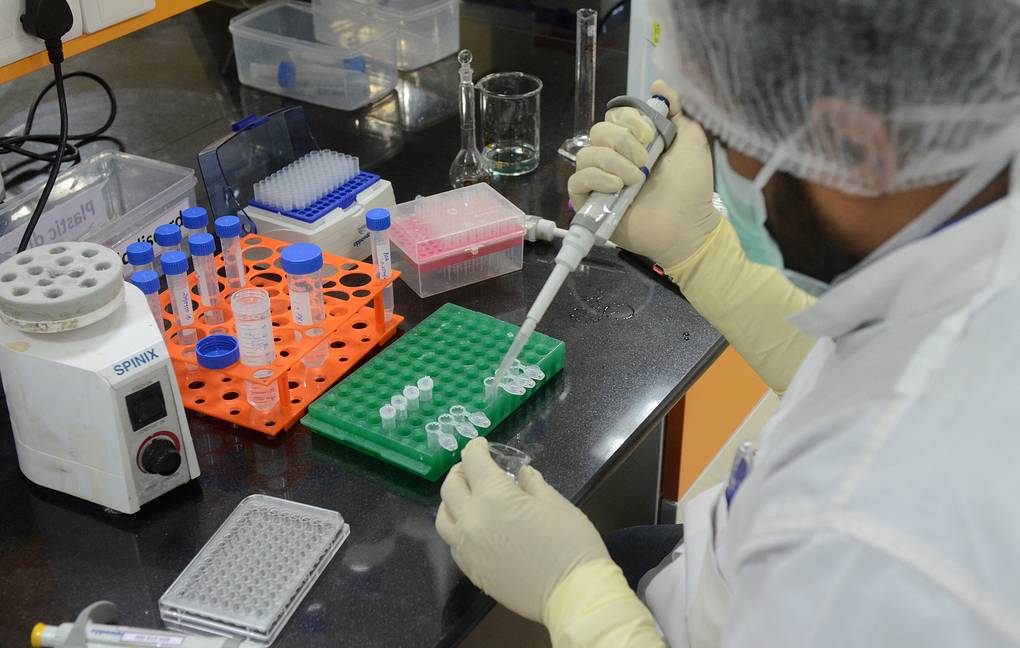
Scientists have chosen two “targets” for immune system at once – env protein, which forms the basis of HIV envelope, and gag protein, which plays the role of internal framework of virus particles
American molecular biologists have developed an experimental vaccine against HIV based on matrix RNA and successfully tested it in experiments on rhesus mice and macaques. The National Institute of Allergy and Infectious Diseases (NIAID) press office said Thursday.
“We have spent nearly 40 years developing HIV vaccines, but so far the task has not been accomplished. The experimental RNA vaccine we developed has several features that distinguish it from previous attempts to develop a vaccine against the immunodeficiency virus,” said NIAID director Anthony Fauci, cited by the institute’s press office.
Like the RNA vaccines from COVID-19, this drug consists of special fatty nanoparticles that contain a fragment of RNA encoding part of the immunodeficiency virus proteins. These nanostructures can penetrate human cells and cause them to produce large amounts of HIV envelope protein fragments, which, in theory, leads to the formation of an immune response to the virus.
In this case, as Fauci notes, the scientists chose two “targets” for the immune system at once – the env protein, which forms the basis of the HIV envelope, as well as the gag protein, which plays the role of the inner framework of the viral particles. Their combination, biologists suggested, should reduce the likelihood that changes in the structure of the HIV envelope would render it invulnerable to the vaccine.
A new HIV vaccine
Guided by this idea, the U.S. researchers prepared RNA strands that force cells to synthesize both viral proteins and embedded them in fat particles as similar in size, shape and other properties as possible to the real immunodeficiency virus. In addition, the scientists created an alternative version of the vaccine that made the cells produce only the env protein.
The work of both forms of RNA vaccine against HIV was tested in experiments on mice with partially human immune system, as well as on ordinary rhesus macaques. Injection of the vaccine caused them no dangerous side effects and resulted in the formation of a large number of antibodies capable of binding to the immunodeficiency virus particles.
Subsequent observations indicated that the vaccine, which attacked both viral proteins, reduced the risk of HIV infection by about 79%, whereas the second vaccination caused a significantly less frequent immune response and did not protect the animals from immunodeficiency virus infection. Multiple injections of the vaccine, Fauci and his colleagues say, increased the level of protection against HIV and did not cause dangerous side effects.
The biologists say they are developing new methods of making the nanostructures, which will make them even more similar to HIV particles. This, the scientists hope, will make the vaccine more effective, reducing the number of injections needed to achieve immunity. In the coming years, Fauci and his colleagues plan to begin testing this new version of the drug on healthy volunteers.




